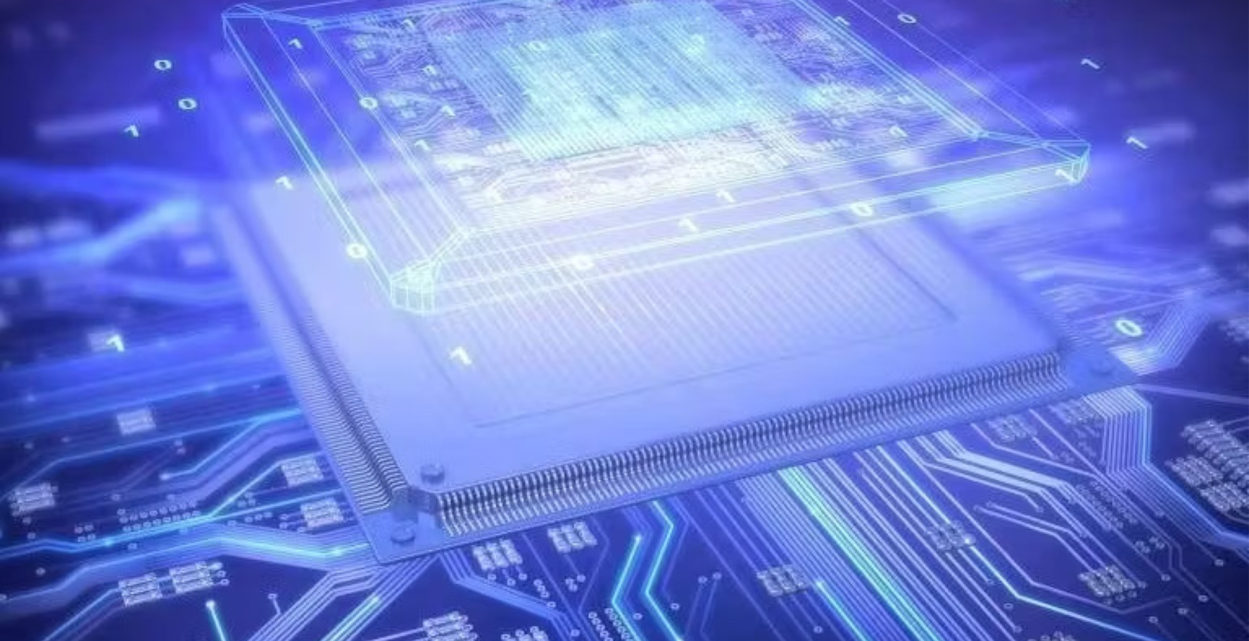For nearly four decades, the semiconductor narrative has simply revolved around Moore’s Law, shrinking transistors, packing more logic onto a single die for achieving results. However, now the limitations of such an approach are evident in reticle sizes, yields, rising costs, and the reality that not every function benefits from bleeding-edge lithography. The industry’s answer to this, is to stop treating the system as “one big die” instead, treat it as a system of optimized pieces chiplets and heterogeneous integration. What once started as an engineering workaround is now a full-blown industrial shift. The article is a curated, human narrative of how the industry got here, what the leading players are doing, the key technologies emerging, and how it is likely to play out in the coming future.
The pivot: when economics beat scaling
The earliest chiplet experiments were pragmatic. Designers realized that a single large die amplifies risk: one defect ruins the whole chip, and reticle-scale chips are expensive to manufacture. Chiplet thinking flips that risk model and many smaller dies (chiplets) are cheaper to yield and can be produced on the process node best suited to their function. AMD’s decision to “bet the company’s roadmap on chiplets” is perhaps the clearest strategic statement of this pivot; CEO Dr. Lisa Su has repeatedly framed chiplets as a transformational, multi-year bet that paid off by enabling modular, high-performance designs.
That economic logic attracted big players. When companies like AMD, Intel, NVIDIA, TSMC and major cloud providers all start designing around modular architectures, the idea moves from clever trick to industry standard. But to make chiplets practical at scale required new packaging, new interconnect standards, and new supply-chain thinking.
The technical enabling stack- what changed?
Three packaging techniques and a set of interconnect innovations allowed chiplets to become real:
- 2.5D (silicon interposer / CoWoS family): A silicon interposer routes huge numbers of fine wires between side-by-side dies and HBM stacks. TSMC’s CoWoS family (Chip on Wafer on Substrate) is a productionized example used in AI accelerators and high-bandwidth systems; it provides the highest on-package bandwidth today.
- 3D stacking (Foveros, TSVs, hybrid bonding): Stacking dies face-to-face shortens interconnects, saves board area, and opens power/latency advantages. Intel’s Foveros showed how a system could be built vertically from optimized tiles. The real leap is hybrid (Cu–Cu) bonding, which enables ultra-dense, low-parasitic vertical interconnects and is rapidly becoming the preferred route for the highest-performance 3D stacks.
- EMIB (embedded bridge): A cost-effective middle ground: small high-density bridges route signals between adjacent dies on a package without needing a full interposer, balancing cost and performance.
On top of physical packaging, industry collaboration produced UCIe (Universal Chiplet Interconnect Express) a standard that defines die-to-die electrical and protocol layers so designers can mix chiplets from different vendors. UCIe’s goal is simple but radical: make chiplets plug-and-play the way IP blocks (or board components) are today, lowering integration friction and encouraging a multi-vendor marketplace. The consortium’s growth and tone of its public messaging reflect broad industry support.
What the industry leaders are saying (high-level truth from the field)
Words matter because they reveal strategy. Lisa Su framed AMD’s move as an existential bet that enabled modular scaling and faster product cycles not a tweak, but a new company playbook. Jensen Huang (NVIDIA) has discussed shifting packaging needs as designs evolve, stressing that advanced packaging remains a bottleneck even as capacity improves a reminder that packaging is now a strategic choke point full of commercial leverage. And foundries and integrators (TSMC, Intel Foundry, Samsung) openly invest in CoWoS, Foveros and hybrid bonding capacity because advanced packaging is the next frontier after lithography.
The practical outcomes we’re seeing now
- Modular server CPUs and accelerators: AMD’s chiplet EPYC architecture split cores and I/O dies for yield and flexibility; major GPU vendors assemble compute tiles and HBM via CoWoS to reach enormous memory bandwidth.
- New supply-chain pressure: Advanced packaging capacity became a bottleneck in some cycles, forcing companies to book OSAT / CoWoS capacity years ahead. That’s why foundries and governments are investing in packaging fabs.
- Standardization momentum: UCIe and related initiatives reduce engineering friction and unlock third-party chiplet IP as a realistic business model.
The tensions and technical gaps
Heterogeneous integration isn’t a panacea. It introduces new engineering complexity: thermal hotspots in 3D stacks, multi-die power delivery, system-level verification across vendor boundaries, and supply-chain trust issues (who vouches for a third-party chiplet?). EDA flows are catching up but still need better automation for partitioning, packaging-aware floor planning, and co-validation. Packaging capacity, while expanding, remains a strategic scarce resource that shapes product roadmaps.
New technologies to watch
- Hybrid bonding at scale: enabling face-to-face stacks with very high I/O density; companies (TSMC, Samsung, Intel) are racing on patents and process maturity.
- UCIe ecosystem growth: as more vendors ship UCIe-compatible die interfaces, an open marketplace for physical chiplet IP becomes more viable.
- CoWoS-L / CoWoS-S differentiation and packaging variants: vendors are tailoring interposer variants to balance area, cost and performance for AI workloads.
How this story likely ends (judgement, not prophecy)
The industry is not replacing monolithic chips entirely monoliths will remain where tight coupling, the lowest latency, or the cheapest bill-of-materials matter (e.g., mass-market SoCs). But for high-value, high-performance markets (AI, HPC, networking, high-end CPUs), heterogeneous integration becomes standard. Expect three converging trends:
- An ecosystem of chiplet vendors: IP providers sell actual physical chiplets (compute tiles, accelerators, analog front ends) that can be combined like components.
- Packaging as strategic infrastructure: fabs and OSATs that excel at hybrid bonding, interposers, and 3D stacking will hold new leverage; national strategies will include packaging capacity.
- Toolchains and standards that normalize integration: with UCIe-style standards and improved EDA flows, system architects will shift focus from transistor-level tricks to system partitioning and orchestration.
If executed well, the result is faster innovation, cheaper scaling for complex systems, and diversified supply chains. If poorly coordinated, the industry risks fragmentation, security and provenance problems, and bottlenecks centered on a few packaging suppliers.
Final thought
We have moved from a single-die worldview to a modular systems worldview.
That change is technical (new bonds, interposers, interfaces), economic (yield and cost models), and strategic (packaging capacity equals competitive advantage). The transition is messy and political in places, but it’s already rewriting roadmaps: chiplets and heterogeneous integration are not an academic curiosity they are the architecture by which the next decade of compute will be built.







